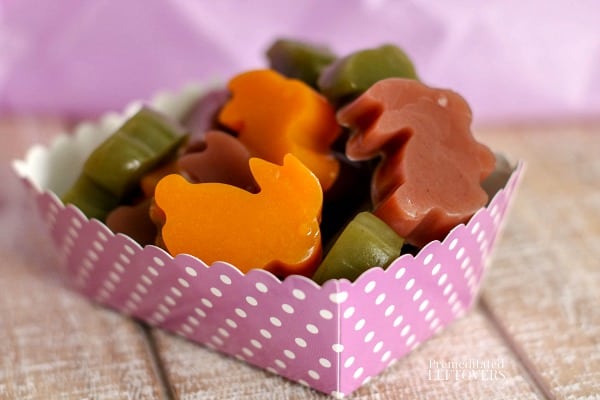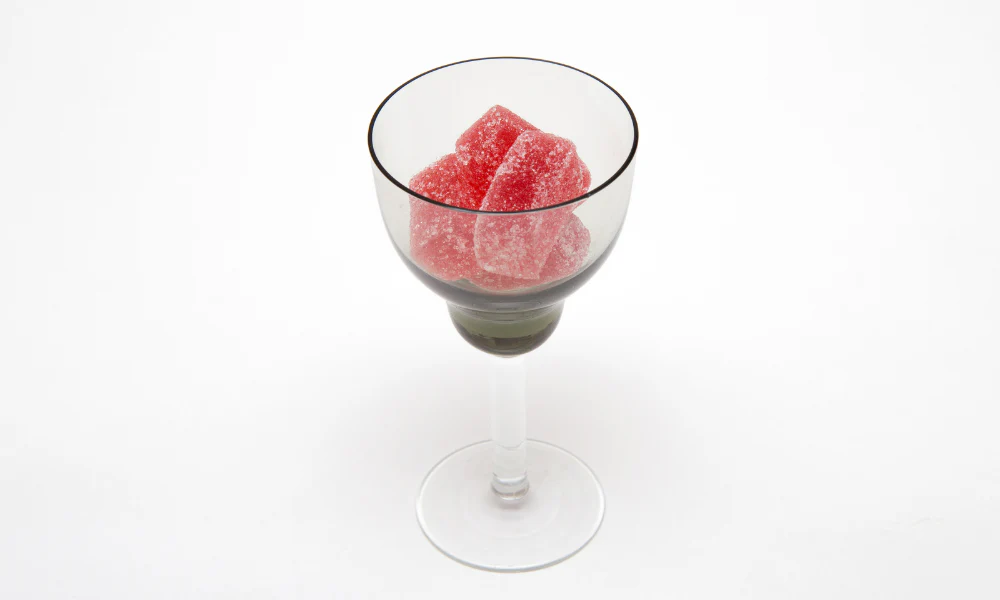Making homemade gummies is an enjoyable and rewarding activity. You can create custom flavours and shapes while controlling the ingredients. However, as with any food preparation, safety should be a top priority. When embarking on your gummy-making journey, selecting high-quality ingredients is crucial. Opt for food-grade gelatine from reputable sources to ensure purity and safety. Use natural fruit juices, purees, or food-grade essential oils for flavouring. If using artificial flavours or colours, ensure they are specifically labelled for food use.
proper hand hygiene
Hands should be washed with soap and warm water before starting and after handling raw ingredients or touching non-food surfaces. Wear food-grade disposable gloves to prevent contamination if your hands have cuts or open wounds.
Temperature control
Gelatin requires heating to dissolve properly, but overheating degrades its gelling properties. Use a double boiler or a heat-safe bowl over a pot of simmering water to gently heat your mixture. Never allow the gelatin mixture to boil, as this will create an unpleasant texture and potentially unsafe product.
Allergen awareness

Consider common allergens when making gummies, especially if you plan to share them. Gelatin is derived from animal sources; it is unsuitable for vegetarians with specific dietary restrictions. Label your gummies using nuts, dairy, or other common allergens as flavourings to prevent accidental exposure.
Storage and shelf life
Due to the lack of preservatives, homemade gummies have a shorter shelf life than store-bought versions. Store your gummies in an airtight container in the refrigerator and consume them within 1-2 weeks for optimal freshness and safety. If you notice any signs of mold or off-odors, discard the entire batch.
Mold safety
Silicone molds are popular for gummy-making due to their flexibility and ease of use. Ensure your molds are food-grade and free from cracks or damage where bacteria could hide. After each use, thoroughly wash and dry the molds before storing them to prevent mould growth.
Monitoring sugar content
While sugar acts as a preservative in gummies, excessive amounts can lead to crystallisation and potentially mask signs of spoilage. Balance flavour with safety by using recipes that provide the proper sugar-to-gelatin ratio. If reducing sugar for dietary reasons, be aware that this may affect texture and shelf life.
By following these safety tips, you’ll create delicious treats and gain peace of mind knowing your homemade gummies are safe to enjoy. Additionally, understanding these principles helps you confidently experiment with new flavours and techniques. More Bonuses of practising safe gummy-making include developing transferable food safety skills applicable to other culinary endeavours.
Using natural preservatives
For those looking to extend the shelf life of their homemade gummies without artificial preservatives, consider natural alternatives. Citric acid, commonly found in citrus fruits, helps preserve freshness and enhance flavour. Vitamin C (ascorbic acid) is another natural preservative that can be added in small amounts to boost shelf life.
Monitoring water activity
Water activity is critical to food safety, particularly for gummy candies. An excessive amount of moisture promotes bacterial growth. Use a recipe that balances liquid ingredients properly, and consider using a food dehydrator to remove excess moisture from your gummies after they’ve set.
Allow the gummy mixture to cool briefly at room temperature before transferring it to the refrigerator. This gradual cooling helps prevent condensation, introducing moisture and potentially leading to mould growth. Ensure your refrigerator is set to the proper temperature (below 40°F or four °C) to inhibit bacterial growth during the setting process.











